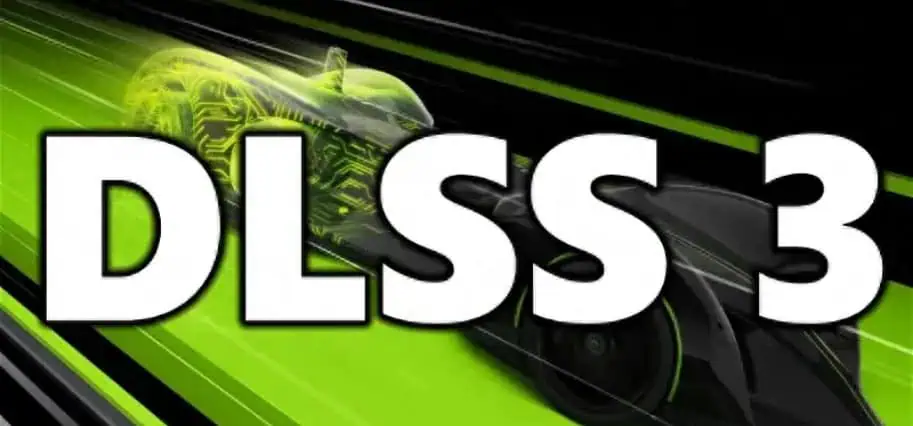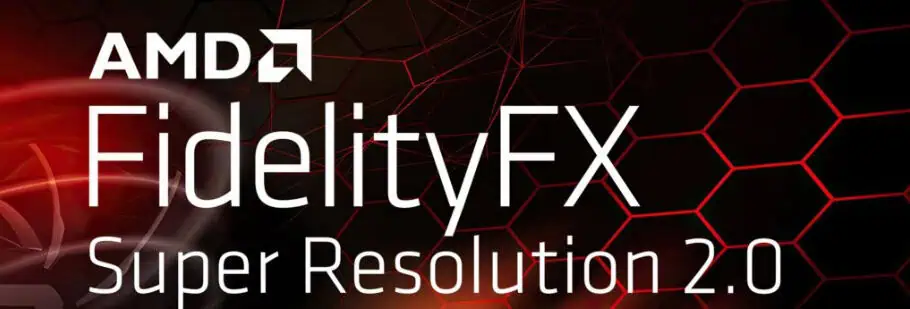Digital enthusiasts, especially gamers, know that in recent years, the three major graphics card manufacturers, NVIDIA, AMD, and Intel, have each released AI-based game performance enhancement technologies: DLSS (commonly known as “Popeye”), FSR, and XeSS.

Since NVIDIA has an absolute dominant position in the graphics card field and started the earliest in this area, its DLSS solution currently leads among the three, with greater industry influence and higher adoption rates, giving it a considerable advantage.
However, objectively speaking, the number of games currently supporting DLSS is still very limited, and it has not yet fully become the de facto technical standard in this field. The technology to enhance game performance using AI is still in its early stages of maturity. In other words, AMD and Intel still have opportunities to compete head-to-head with NVIDIA, catch up, or even surpass it.

Some might think that having three similar solutions is a good thing because users of all three manufacturers can benefit from it, and the competition can promote positive development in the industry and technology.
Overall, this viewpoint is not wrong but is somewhat one-sided. This is not good news for game developers. Integrating these technologies into their games incurs development costs, and supporting multiple solutions simultaneously increases both costs and complexity, potentially leading to various compatibility issues.

In such a scenario, game developers will prioritize adopting the solution from the graphics card manufacturer with the highest market share. Undoubtedly, NVIDIA’s DLSS is the most cost-effective choice, while solutions from manufacturers with smaller market shares will be ruthlessly ignored, which is particularly unfavorable for AMD and especially for Intel.
To address these issues, a few years ago, Microsoft started collaborating with NVIDIA, AMD, and Intel to develop a universal solution called “DirectSR.” On May 29, Microsoft officially released the preview version of DirectSR, as shown in Figure 5.
Microsoft states that DirectSR can seamlessly integrate DLSS, FSR, and XeSS into DirectX 12 games through a set of universal codes, significantly reducing development costs and complexity for game developers, and ultimately benefiting the majority of gamers.

Overall, this is very good news. However, gamers know that such technologies are often a combination of software and hardware. For instance, NVIDIA’s DLSS 3.0 is only supported by RTX 40 series and above graphics cards, with high hardware requirements. So, is Microsoft’s DirectSR the same? Are the hardware requirements also very stringent, excluding users with older graphics cards?
The answer is no. Microsoft states that all NVIDIA RTX 20 series and above graphics cards, with driver versions 560.38 and above, support DirectSR. For Intel graphics card users, only Arc series discrete graphics cards are supported, and the processor must be 11th generation Core or above, with driver version 31.0.101.5534 and above. As for AMD graphics card requirements, Microsoft’s official documentation has not yet been formally released.

It should be emphasized that the DirectSR released by Microsoft on May 29 is a “preview version” mainly aimed at game developers and has little relevance to ordinary users. Whether DirectSR will eventually become widespread and when gamers will finally experience it depends on the attitudes of game developers and the actual performance and development experience of DirectSR.
In conclusion, it is expected that DirectSR will be difficult to popularize in the short term because major game developers currently have relatively mature solutions, and adopting a completely new solution involves significant risk. However, in the long run, DirectSR is the best multi-win solution and will benefit operating system manufacturers, graphics card manufacturers, game developers, and gamers alike. The maturity and widespread adoption of DirectSR will take some time.

Related:

Disclaimer: This article is created by the original author. The content of the article represents their personal opinions. Our reposting is for sharing and discussion purposes only and does not imply our endorsement or agreement. If you have any objections, please contact us through the provided channels.



